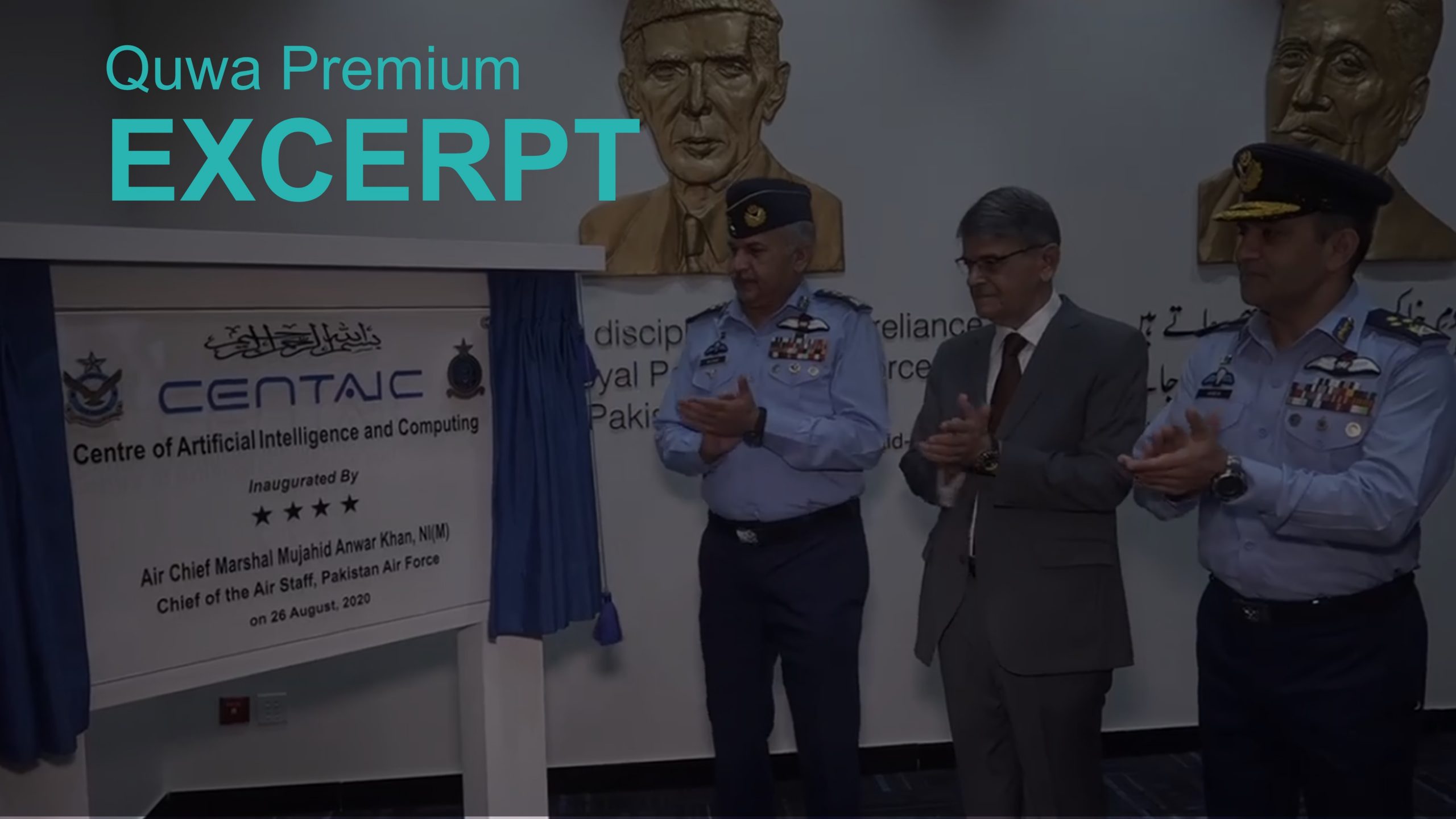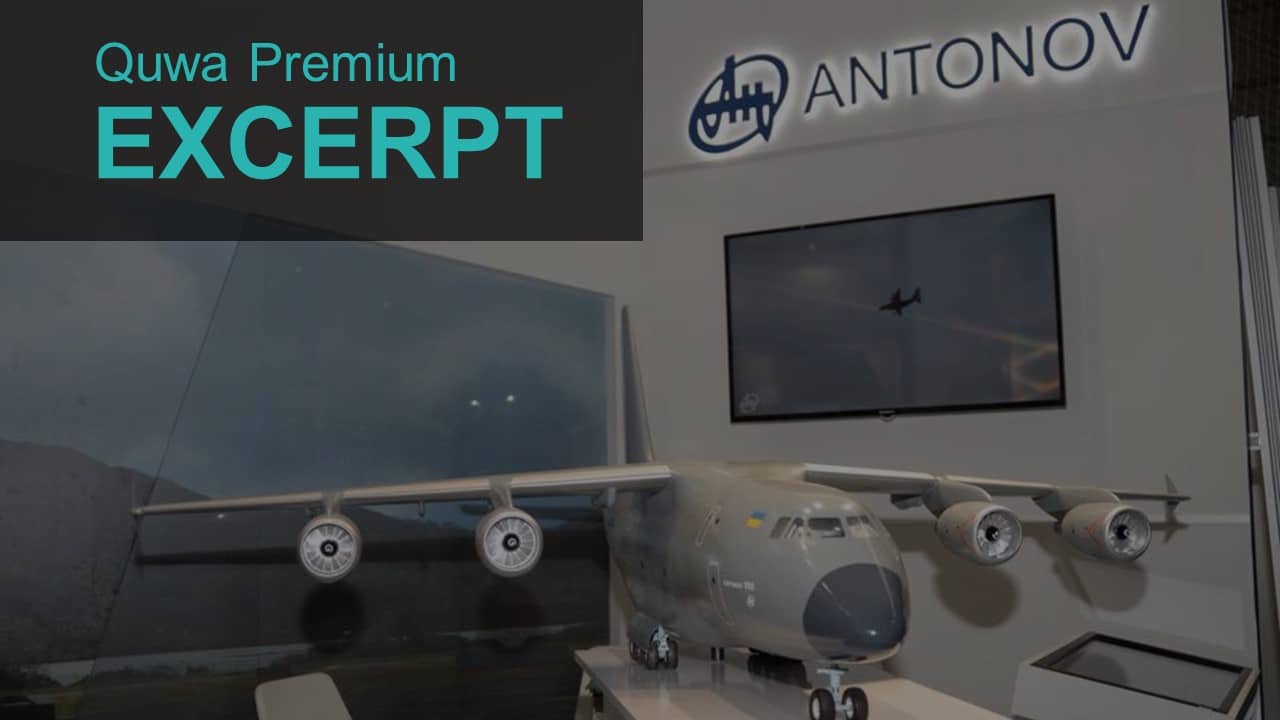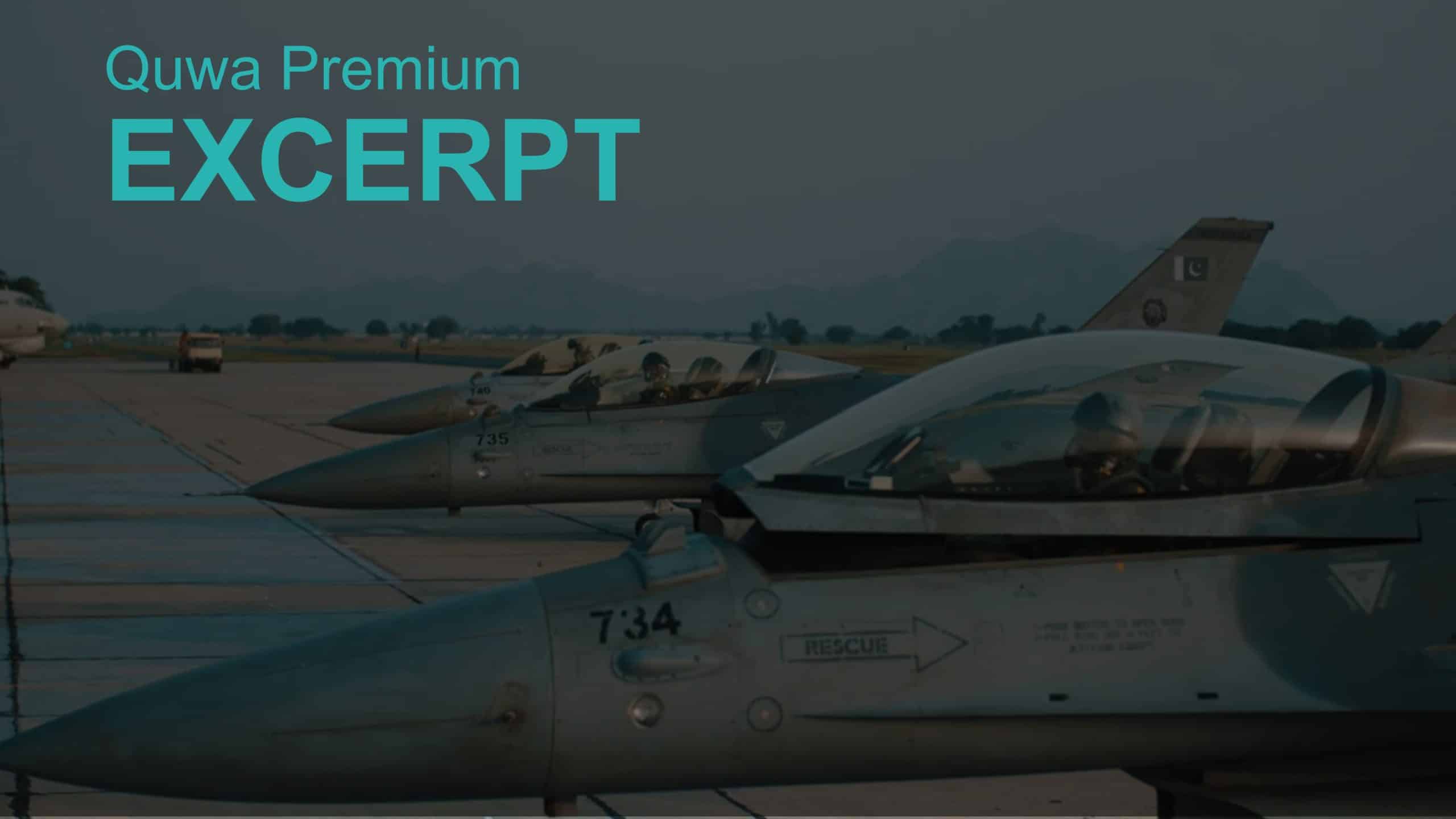2092Views

Pakistan Air Force Delves into Artificial Intelligence Development
On 27 August 2020, the Pakistan Air Force (PAF) announced that it formed an in-house ‘Centre of Artificial Intelligence and Computing’ (CENTAIC) to spearhead development in the field for both military and civilian purposes. In a statement, the PAF Chief of Air Staff (CAS), Air Chief Marshal (ACM) Mujahid Anwar Khan, said that CENTAIC will help the PAF incorporate artificial intelligence (AI) into its operational domain.
The scope of CENTAIC’s activities are not yet known to the public, but it may be researching into a number of key fields in AI, such as big data, machine learning, deep learning, predictive analytics and, potentially, natural language processing (NLP). Not only do each of these sub-fields apply to current and emerging air warfare applications – notably drone development – but the PAF will need to draw on these areas to drive its next-generation fighter aircraft (NGFA) aspirations. The creation of CENTAIC was inevitable.
The PAF had noted that CENTAIC could support the development of civilian applications. However, as the entity’s work matures in the way of aiding the PAF’s programs, CENTAIC may ultimately specialize in the domains directly relevant to the PAF. But the underlying infrastructure and knowledge/capacity creation could scale-out and result in sister-organizations – ideally both in the public and private sectors – to drive AI development for healthcare, manufacturing, resource management, and other areas.
However, in terms of specifically the PAF, the creation of CENTAIC could help the PAF indigenize many key – but non-tangible and less appreciable – inputs for its NGFA under Project Azm.
These inputs can range from algorithms for guidance systems for air-to-air and air-to-surface missiles, image processing for TV/IR seekers, sensor fusion, human-machine-interfaces (HMI), and other applications. While not as physically tangible as gas turbines or transmit-and-receive modules (TRM) for an active electronically scanned array (AESA) radar, AI research could eliminate barriers to outcomes that are simply unavailable to Pakistan.
Sensor fusion one such example. There is no off-the-shelf solution (independent of physical subsystems), so the PAF would either have to acquire it as-is from a willing supplier (which may carry limitations, such as requiring it to buy specific hardware), or develop it internally.
Likewise, Pakistan could also develop a myriad of intellectual property (IP) in AI, which may help it enter research and development (R&D) partnerships as an active contributor instead of a passive bystander. For a country that lacks industrial inputs, AI could emerge as an ‘equalizer’ for R&D growth.
AI is Essential for Future Air Combat Applications
In this article, we will refer to AI as an overarching field that includes the following sub-areas:
Big Data: This is the process of identifying trends, correlations, and other insights from disparate sources of information. The intended outcome of big data is to improve decision-making.
The PAF can draw data from a variety of sources, such as – among others – instrumentation equipment installed at the Sonmiani Weapon Testing Range (WTR), the Damage Tolerance Analysis/Structural Health Management (DTA/SHM) tools used at Pakistan Aeronautical Complex (PAC), or Air Combat Maneuvering Instrumentation (ACMI) pods, specific sensors within its aircraft, flight sorties, exercises, and other areas. Additionally, a little-known feature of the JF-17 is its heavily instrumented nature. As a result, PAF has thousands of hours of flight data from the JF-17. The establishment of CENTAIC may be driven by the desire to utilize this goldmine of flight data.
In turn, the PAF can use the data to help it plan deployments, lower maintenance costs, cut maintenance downtime, and many other discrete outcomes for the service. Big data may also help with development by helping with design through the analysis of data from wind-tunnels and instrumented ranges.
Machine Learning (ML): ML is a form of AI that tries ‘learning’ from past data and results so as to make better decisions in the future. ML involves the use of algorithms to understand the data (which may come from the sources we listed above) and, in turn, help the planner make an informed decision. While it may sound like common sense, seldom do humans have enough time to manually read and understand all of the facts of a situation. So, inevitably, humans could end up compromising or “going with their gut” in the absence of information. In contrast, ML can do the heavy-lifting analysis across gigabytes or terabytes of data quicker, so it leaves the human decision-maker with fewer blind spots or uncertainties. Examples of application of ML include electronic warfare, online emergency flight plan generation, flight-model learning from flight data, adaptive flight control systems, and online optimal guidance for munitions.
Deep Learning: This is a sub-field of ML. It involves running different programs through different layers of data to pull conclusions or insights from several sources. Basically, where ML would use algorithms to interpret the data and help a human decide, deep learning tailors algorithms into ‘artificial neural networks’ that could make decisions autonomously. In other words, deep learning can enable for drones that can work on their own with limited human input or control. It may even help with the development of new generation terminal-stage seekers meant to attack moving and/or hidden targets. Deep learning will enable the operation of drone swarms and may lead to decision making AIs in loyal wingman drones.
Predictive Analytics: This is basically the use of data to determine what is most likely to occur next. One good example is aircraft maintenance. The PAF can use its existing inventory/requisition logs as well as its sensors on-board aircraft to set-up predictive maintenance and preventative maintenance schedules. In turn, it can reduce long-term repair costs, cut down-time, increase availability rates, especially for the JF-17.
Natural Language Processing (NLP): NLP enables computers to communicate with people. This might not seem important in an aviation context today, but it will be in the future. For example, a single NGFA could generate vast amounts of data from a dozen major sensors. If, for example, an enemy aircraft is trying to ‘paint’ the NGFA by radar, the NGFA could alert the pilot with a specific light or screen. This may be doable if that was the only information the pilot needed, but the pilot may also want to know about the current status of his/her ‘loyal wingman’ drones, or when to send a loitering munition into a terminal stage. The pilot has limited time and energy to read a giant screen of alerts. With NLP, the NGFA could converse with the pilot, thereby cutting the risk of information overload.
Potential Marquee Air Warfare Applications
Though the projects at CENTAIC may be at their early stages, one can see the PAF direct its AI/ML efforts the following areas. These projects can tie into its NGFA efforts both directly and in complementary ways.
Unmanned Combat Aerial Vehicles (UCAV)
Be it ‘loyal wingman’ drones or deep-strike aircraft, future UCAV employment will require varying degrees of autonomous operation. In fact, Pakistan may already have a basis to start developing a ‘loyal wingman’ UAV by leveraging its existing cruise missile and target drone technologies [end of excerpt, subscribe to Quwa Premium to read the full article].
Cruise Missiles
Pakistan can also start looking at adding AI to its cruise missiles. In iterative terms, the improvements can come into play in newer versions of existing designs, i.e., Babur, Ra’ad, and Harbah-series [end of excerpt, subscribe to Quwa Premium to read the full article].
The PAF Must Set an Example for Leadership
Establishing CENTAIC as an entity focused on AI development is a positive step, especially if it leads to the creation of the requisite technology and training infrastructure [end of excerpt, subscribe to Quwa Premium to read the full article].
End of Excerpt (1,100/1,603 words)
You can read the complete article by logging in (click here) or subscribing to Quwa Premium (click here).
For More Information on Pakistan’s Major Defence Programs, See:


